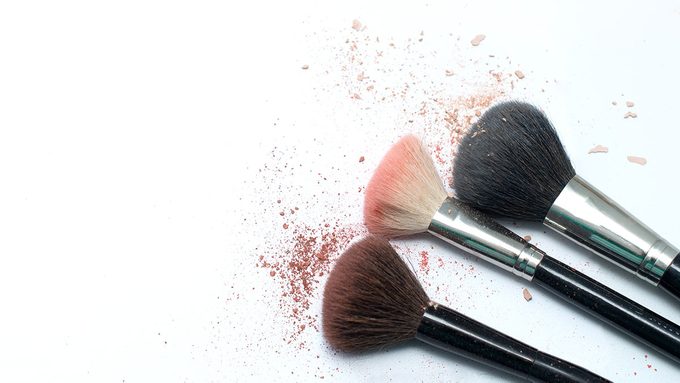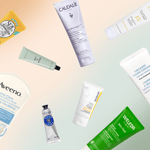How to Properly Clean Your Makeup Brushes (And Actually Make Them Last)
The key to luminous skin begins with a clean brush.

If you want your makeup brushes to last, this is how often you should clean them.
Until your personal care robot arrives, those makeup brushes you spent good money on aren’t going to tend to themselves. Longevity tops the list of reasons why you should get in the habit of cleaning your brushes regularly.
How to clean makeup brushes properly
“It’s essential,” says Adi Lando, Sephora PRO lead artist. “Taking good care of your brushes will extend their life span and protect your investment for many years to come.” To keep them in top form he uses warm water and a dedicated brush cleanser, but gentle shampoo gets the job done, too. “Dish soap will dry out the bristles and the brush will start shedding,” he warns. To copy the pro’s cleaning technique, avoid submerging a brush head in water and allow them to dry flat. “Squeeze the bristles under water with your fingers. And never place a brush upright to dry. This prevents the glue and wood from getting damaged, and in turn avoids damaging the brush,” he says.
Related: The drugstore picks you won’t regret putting in your cart.
Another added benefit of cleaning your makeup brushes
Besides lasting longer, clean beauty tools are better equipped to be kind to the surface they touch — your face. “Cleaning your brushes and sponges is extremely important, not only to your makeup application, but to the overall condition of your skin. They can harbour bacteria and cause any type of inflammation or breakouts,” says Victoria Falcao, a Toronto-based makeup artist and beautyBOUTIQUE manager. (You should also toss old makeup. Here’s how to know if it’s expired.) She treats her tools with brush cleansing spray daily (removing product on to paper towel) and completes a more thorough cleanup with brush shampoo once a week to keep nasties in check.
Related: These are the makeup brushes everyone needs in their kit.




